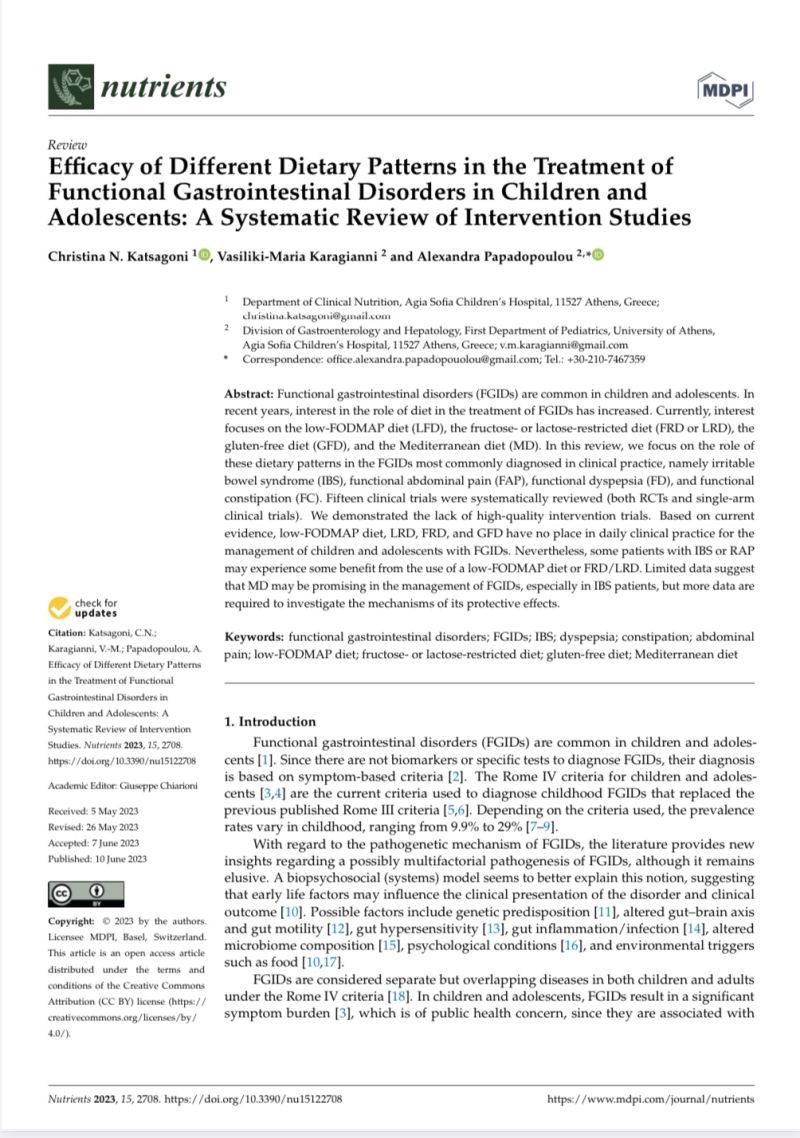The Low-FODMAP diet is often used to manage symptoms of irritable bowel syndrome (IBS) and other gastrointestinal disorders. While it’s generally intended for adults, it can also be adapted for children, though with careful consideration and under medical supervision. Here’s an overview of the Low-FODMAP diet for children. The Low-FODMAP Diet is short-chain carbohydrates that are poorly absorbed in the small intestine. They include Fermentable Oligosaccharides, Disaccharides, Monosaccharides, and Polyols. The diet aims to reduce symptoms such as bloating, gas, abdominal pain, diarrhea, and constipation, which are common in conditions like IBS. But is the Low-FODMAP Diet Safe for Children?. The diet is restrictive and may limit the intake of certain nutrients. Therefore, it’s crucial to consult with a pediatrician or a dietitian experienced in pediatric nutrition before starting. Children need a balanced diet for growth. The Low-FODMAP diet should be closely monitored to ensure it does not negatively impact a child’s nutrition.
Phases of the Diet:
1. Elimination Phase: High-FODMAP foods are eliminated for a short period (usually 4-6 weeks).
2. Reintroduction Phase: foods are gradually reintroduced to identify specific triggers.
3. Personalization: The diet is tailored to the child’s needs, allowing tolerated foods and limiting those that trigger
4. Involvement: involve children in meal planning and preparation to help them feel in control and positive about their food choices. Keep a food diary to track symptoms and identify . Regularly consult with healthcare providers to adjust the diet as needed and ensure nutritional adequacy.
5. Challenges and Considerations: Eating out or attending parties can be challenging. Prepare in advance by discussing options with hosts or bringing suitable food.
The goal is to expand the diet as much as possible while managing symptoms, not to keep the child on a highly restrictive diet indefinitely.
Conclusión: The Low-FODMAP diet can be effective for managing gastrointestinal symptoms in children but requires careful planning and medical supervision. It’s important to ensure that the diet is nutritionally balanced and that the child’s growth and development are supported.

